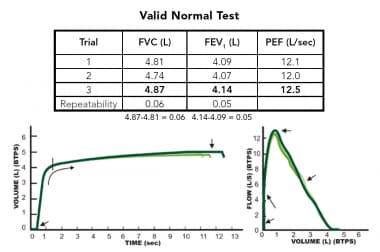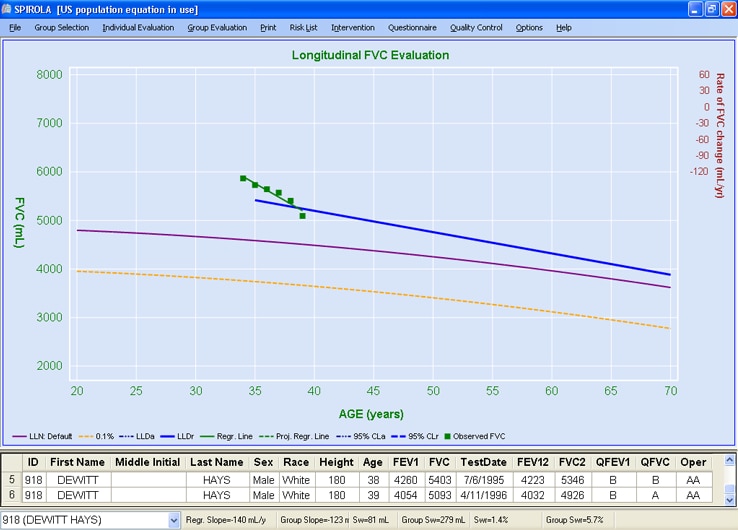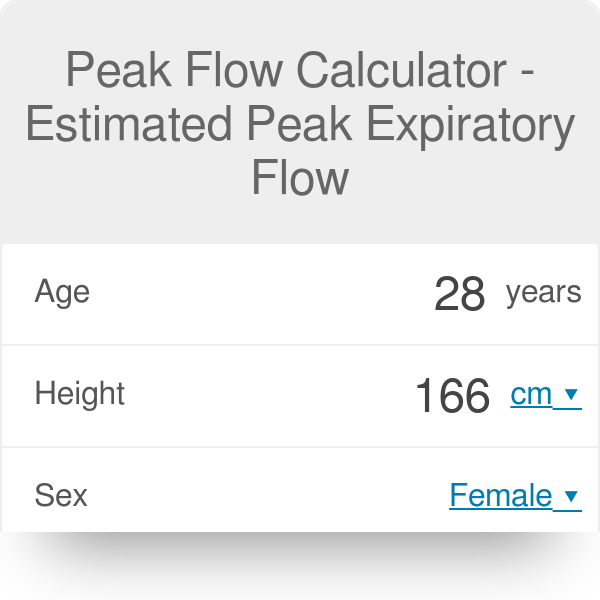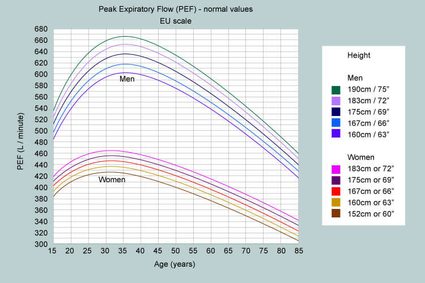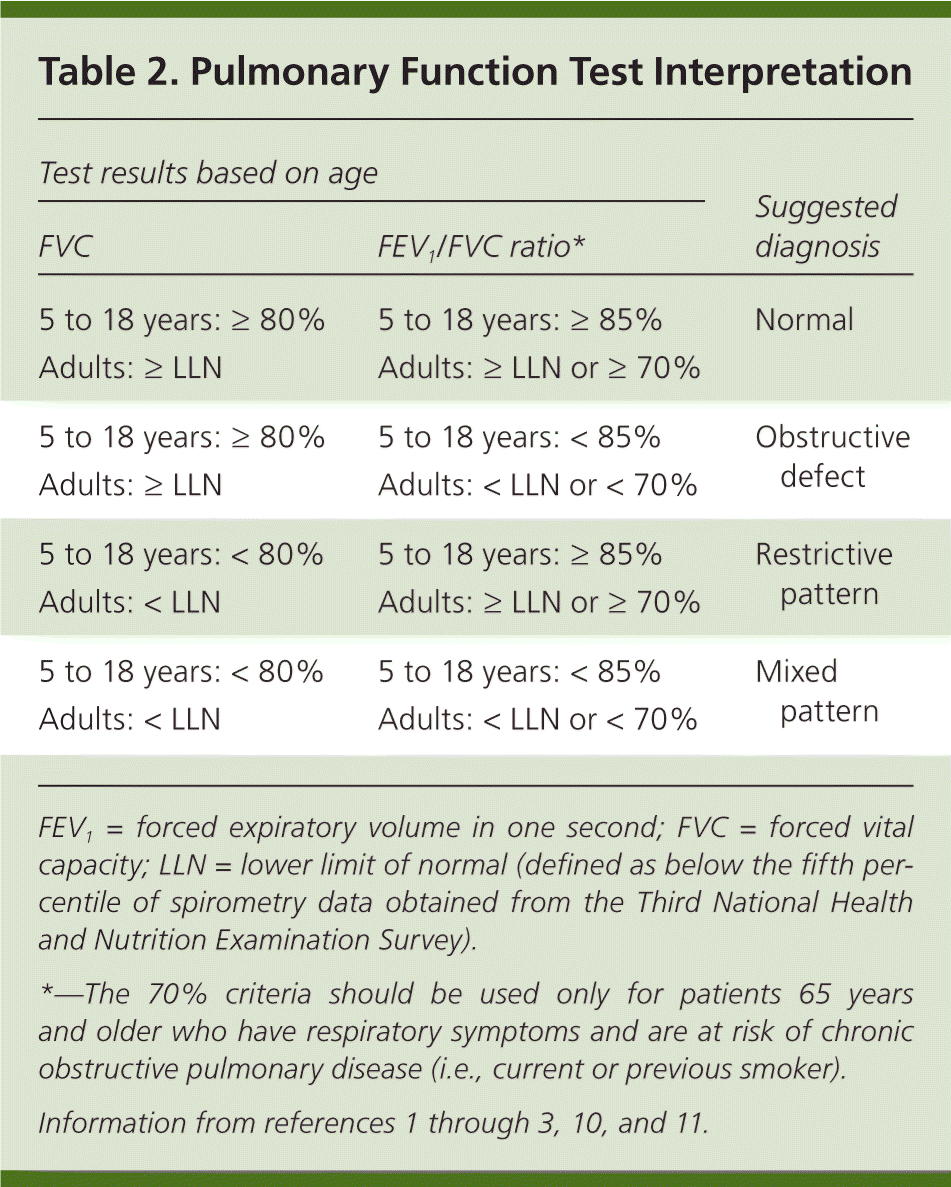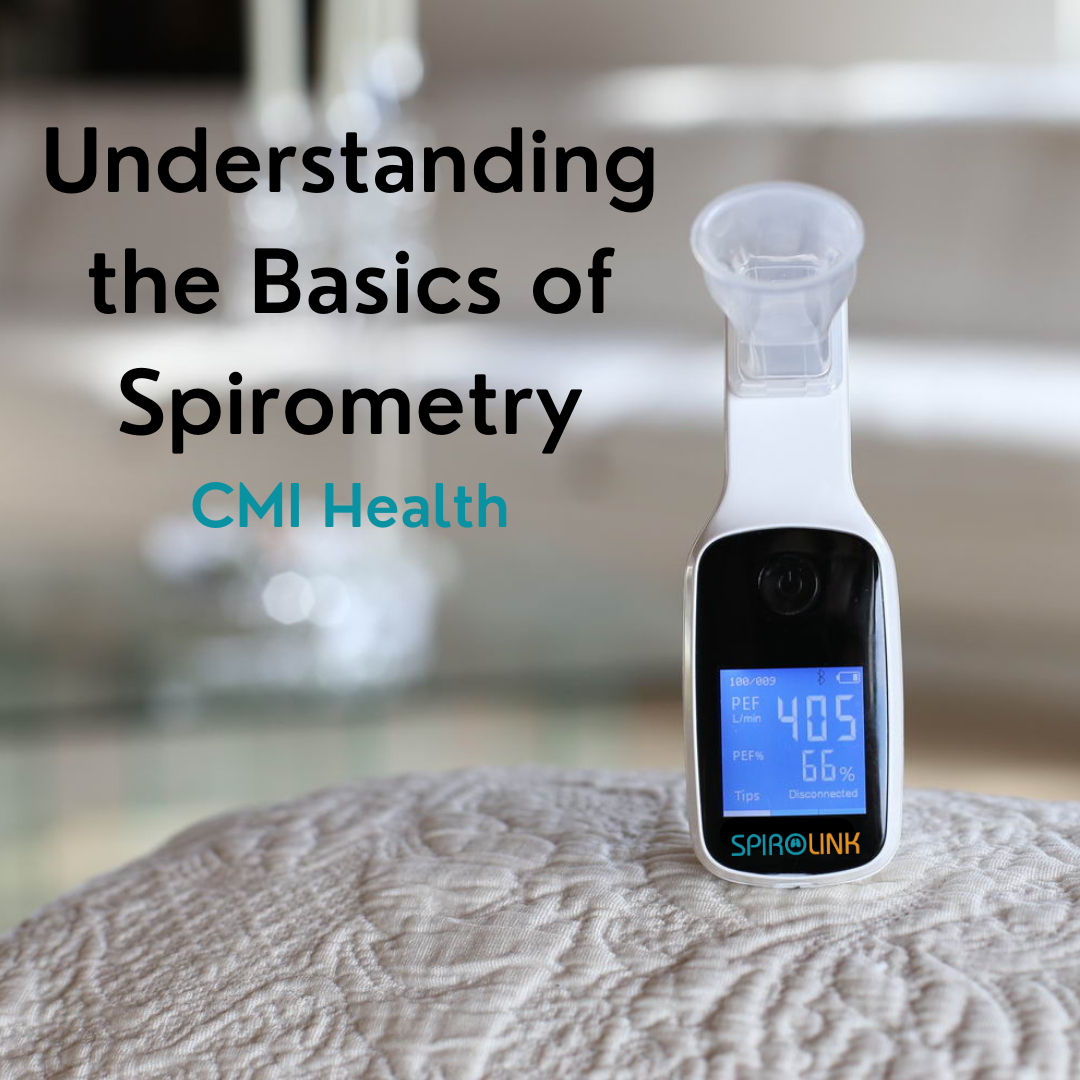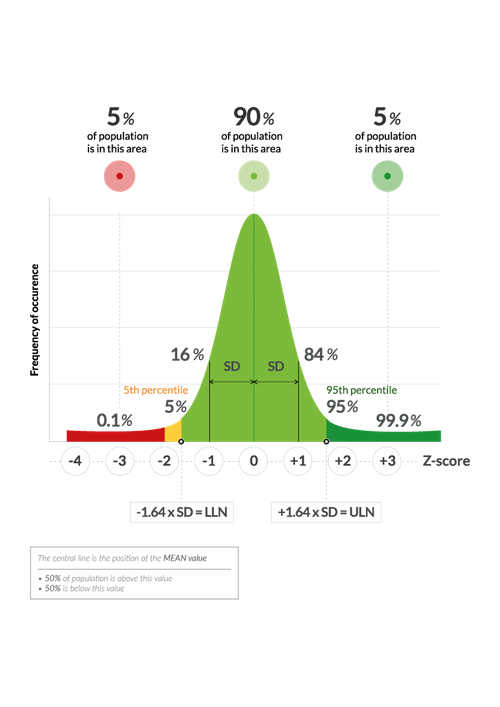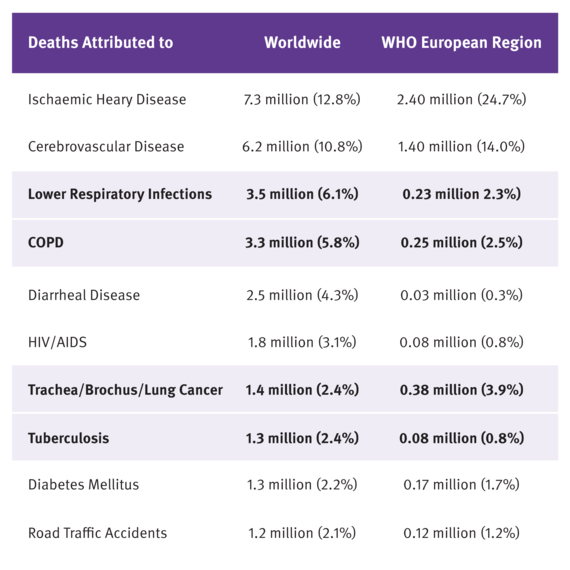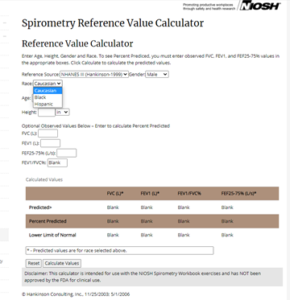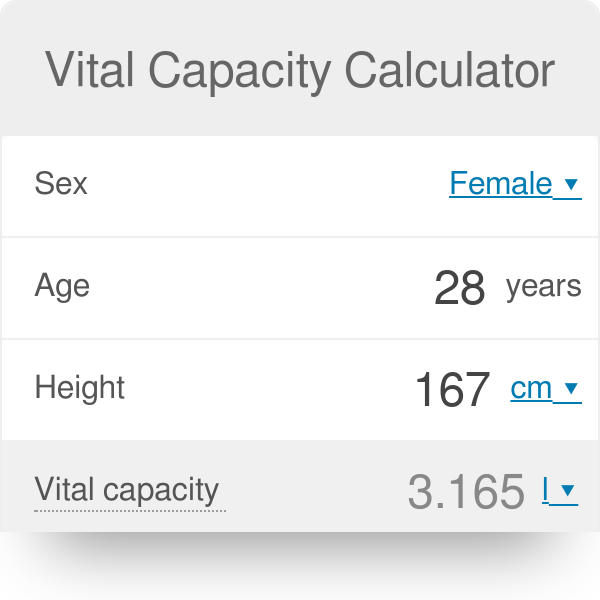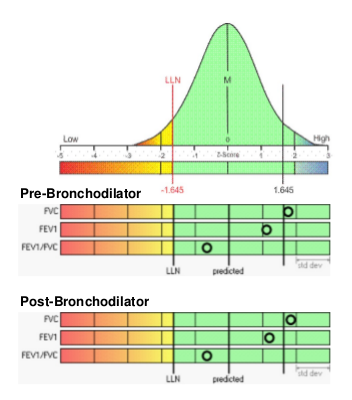
FEV1/FVC Ratio | Pulmonary Medicine | Obstructive VS Restrictive Lung Disease | Respiratory Physio - YouTube

Multi-ethnic reference values for spirometry for the 3–95-yr age range: the global lung function 2012 equations | European Respiratory Society

Asthma treatment and control | Spirometry & Peak flow calculators and diary | Asthma UK | Asthma Symptoms | Asthma Treatment - London Allergy and Immunology Centre UK Global Network

Spirometric reference values in heathy Chinese adults in Taiwan: The secular changes and comparison with other Asian populations - ScienceDirect

Airflow, Lung Volumes, and Flow-Volume Loop - Pulmonary Disorders - Merck Manuals Professional Edition

Pulmonary Function Reference Equations: A Brief History to Explain All the Confusion | Respiratory Care
